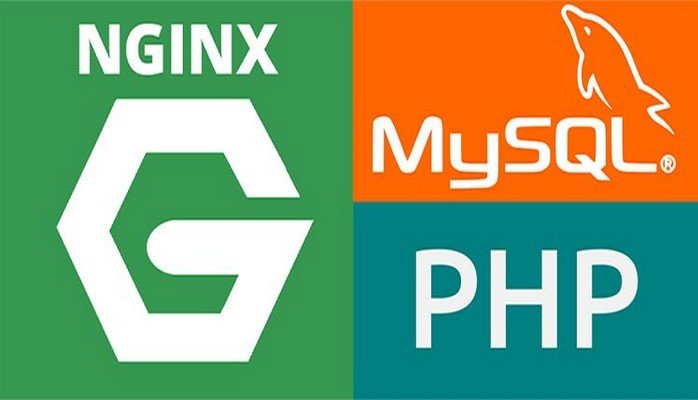LEMP is a combination of operating system and open-source software stack. The acronym LEMP is derived from first letters of Linux, engine-x (Nginx) HTTP Server,MariaDB database, and PHP/Perl/Python.
In this tutorial, we are going to cover how to install LEMP server on Redhat/CentOS 7.
Step 1. Install MariaDB
– Install MariaDB:
# sudo yum install mariadb mariadb-server
– Start / Enable MariaDB:
# sudo systemctl start mariadb # sudo systemctl enable mariadb
– Secure MySQL:
– To make the MariaDB secure by using the mysql_secure_installation command u can take a look to this tutorial: Securing MySQL server / Mariadb with mysql_secure_installation
Step 2. Install Nginx
– Nginx will not be found in the official CentOS repository, so we need to install the EPEL Repository first.
# sudo yum install epel-release
– Now, install Nginx with following command:
# sudo yum install nginx -y
– Enable / Start Nginx:
# sudo systemctl enable nginx # sudo systemctl start nginx
– If you are running a firewall, run the following commands to allow HTTP and HTTPS traffic:
# sudo firewall-cmd --permanent --add-service=http # Allow HTTP Traffic # sudo firewall-cmd --permanent --add-service=https # Allow HTTPS Traffic # sudo firewall-cmd --reload # Reload firewalld configuration
Step 3. Install PHP and PHP-FPM
– Below is the command to install PHP with php-fpm and common modules.
# yum install php-fpm php-mysql php-cli php
– Start / Enable PHP-FPM:
# sudo systemctl enable php-fpm # sudo systemctl start php-fpm
Step 4. Configuring Nginx to work with PHP-FPM
-1 Editing php.ini File:
– Open the php.ini file and find the cgi.fix_pathinfo directive, uncomment it by removing the ; and set it to 0:
# sudo vi /etc/php.ini cgi.fix_pathinfo=0
-2 Editing www.conf file:
# sudo vi /etc/php-fpm.d/www.conf
– Find the listen directive (it should be the first), and verify that it is set to listen for PHP traffic using a Unix socket (instead of port 9000):
listen = /run/php-fpm/php-fpm.sock
– Find the listen.owner and listen.group directives, uncomment them, and modify them as follows:
listen.owner = nginx listen.group = nginx
– Find the Unix user/group of processes section, and change the user and group from apache to nginx:
user = nginx group = nginx
– Save and close the file:
3- Restart PHP-FPM:
# sudo systemctl restart php-fpm
4- Create a new Nginx configuration file:
# sudo vi /etc/nginx/conf.d/default.conf
– Paste the following code into this file:
server {
listen 80;
server_name your_server_ip;
# note that these lines are originally from the "location /" block
root /usr/share/nginx/html;
index index.php index.html index.htm;
location / {
try_files $uri $uri/ =404;
}
error_page 404 /404.html;
error_page 500 502 503 504 /50x.html;
location = /50x.html {
root /usr/share/nginx/html;
}
location ~ \.php$ {
try_files $uri =404;
fastcgi_pass unix:/var/run/php-fpm/php-fpm.sock;
fastcgi_index index.php;
fastcgi_param SCRIPT_FILENAME $document_root$fastcgi_script_name;
include fastcgi_params;
}
}
– Save and close the file:
– Restart Nginx:
# sudo systemctl restart nginx
Step 5. Verify and Test PHP
– Create an info.php file to ensure PHP is running:
# sudo vi /usr/share/nginx/html/info.php
– Paste the following content:
<?php phpinfo(); ?>
– Open in the web browser:
http://your server's IP address/info.php
We hope this tutorial was enough Helpful. If you need more information, or have any questions, just comment below and we will be glad to assist you!


